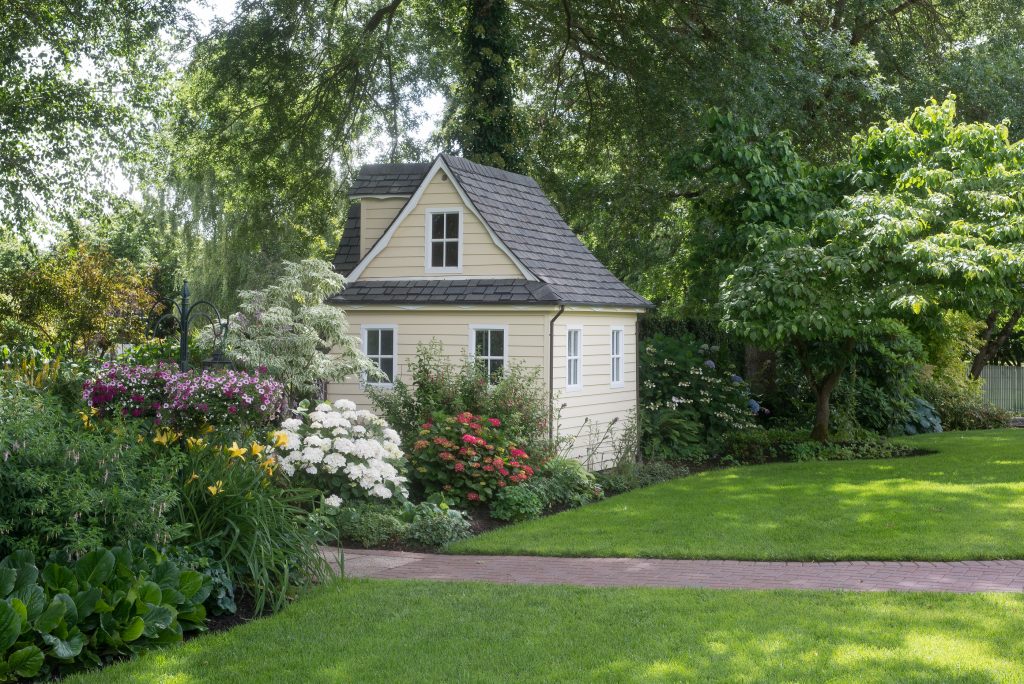
Are you having difficulty getting your turf to grow in a shaded area? You’re not alone. Many people face this challenge every day.
While we all love acres of uninterrupted, lush turfgrass, it is inevitable that man or Mother Nature will interfere with that plan. Buildings, trees, and other objects will eventually cast shadows (literal and figurative) on your turf dreams. So how do you handle growing and maintaining turfgrass in shady areas?
The good news is that there are ways to overcome it. In this blog post, we will discuss some tips for maintaining turf in shade.
Choose the Right Turf Variety
One of the first things you need to do is choose the right turf variety. If you have a shady area, you will want to select a turfgrass that is tolerant of low-light conditions.
Warm Season Grass
If you live in the southern United States, chances are you have a warm-season grass (such as bermudagrass, zoysia, or St. Augustine). These turfgrasses go dormant in the winter, so they don’t need as much sunlight to stay green.
Cool Season Grass
If you live in the northern United States, your turf is likely a cool-season grass (such as Kentucky bluegrass, tall fescue, or perennial ryegrass). Cool-season turfgrasses are more tolerant of shade than warm-season turf, but they still need some sunlight to stay green.
For cool-season varieties, try fine fescue, bentgrass, or rough bluegrass. There are many cultivar options within these varieties, so be sure to do your homework to ensure you get the one that best suits your needs.
Adjust Maintenance Plans
Once you have the right turfgrass for your shady area, you will need to adjust your maintenance plans. Watering, mowing, and fertilizing will all need to be tweaked to accommodate the reduced light conditions.
Watering
Turf in shady areas will require less water than turf in full sun. This is because turf in shade loses less water to evaporation. However, turf in shade still needs enough water to stay healthy.
Mowing
When you mow turf in shade, take it easy! This grass requires less mowing than turf in full sun. This is because turf in shade grows more slowly than turf in full sun. Mow at maximum height while removing no more the 1/3 of turf height.
Fertilizing
Turf in shade also needs less fertilizer than turf in full sun. This is because turf in shade grows more slowly than turf in full sun. Fertilizing turf in shade too heavily can lead to problems such as excessive growth, thatch buildup, and disease. Thus, fertilize at half-rates of nitrogen.
Other Tips
Turf in shade can be a bit more delicate. Therefore, go easy on the herbicide and reduce traffic and wear as much as possible.
Plan Ahead
The best way to deal with shady areas is to plan ahead. When you are designing your landscape, take into account the amount of sun each area gets. That way, you can choose the right turfgrass for each area and avoid any surprises down the road.
Even the best-maintained shaded turfgrass will eventually need re-seeding. With the proper plans and expectations, your shaded turf areas can still be vibrant and healthy, just make sure to adjust for the specific challenges shade brings!
We hope these tips help you maintain healthy turf in your shady areas!